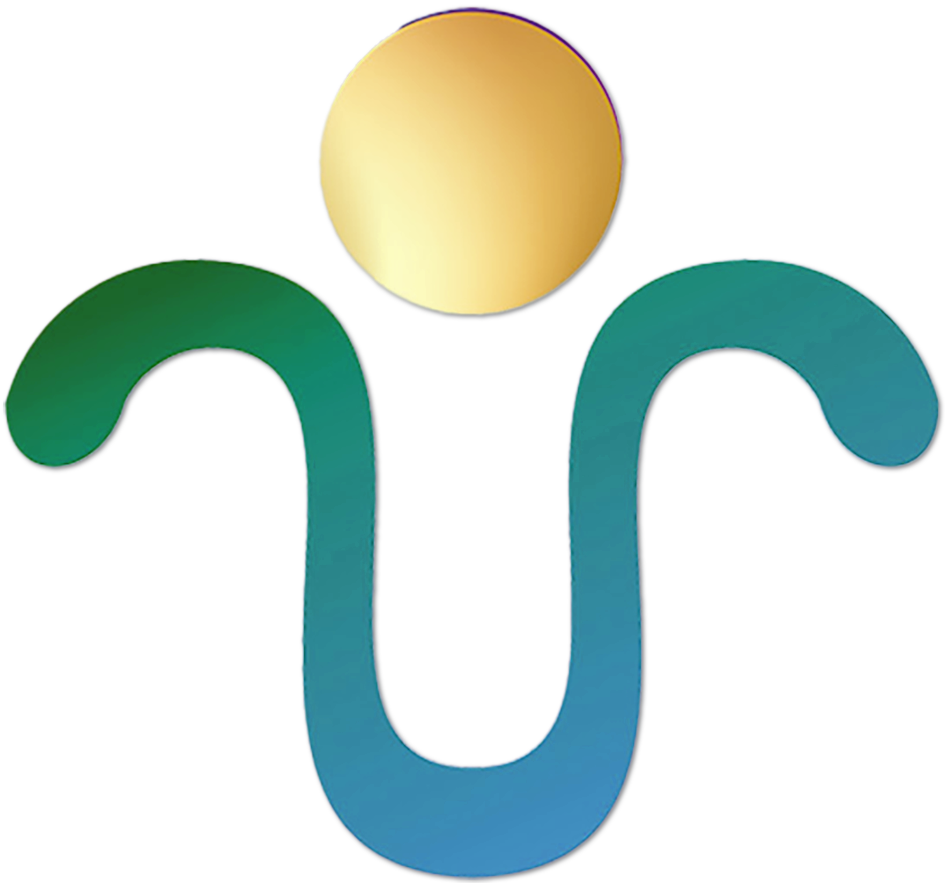
Welcome to Our Community!
Dive into what makes us truly unique. Here, we provide a glimpse into our vibrant ecosystem, highlighting the special qualities that distinguish us. Whether it's our dedication to nurturing creativity, building connections, or showcasing extraordinary talents – we celebrate what you bring to the table. Enhance your experience with us by adding visual elements to your profile, making it even more engaging. Join us to create a space where inspiration thrives and connections grow deeper.

Digital Art, often used synonymously with computer art, are collective terms in common parlance for art that is produced digitally with the computer. In a narrower sense, it is art that has only become possible through the specific properties of digital media, for example the countability of all information, its separability from a specific data carrier or the use of algorithms.
It was not until the 1990s that the term digital art became common.
Digital art belongs to the category of media art. In connection with digital art, sometimes overlapping terms are used:
Electronic art can be called all artistic works and works that contain functioning analogue or digital electronics, whether in art genres such as architecture, performance, dance, sculpture and music, or in new fields such as robotics or computer animation. Electronic art was analogue in its beginnings and need not be digital today.
Computer art was initially a collective term for all art produced with a computer in a central function. It was not always digital, especially in its beginnings; analogue computers could be used. Audio computer art was, for example, the use of computers as live musical instruments.
Digital art is based on digitally encoded information. The information is usually digitally processed by computers and presented in an artistically usable way. The digitisation of information can be done through input devices such as scanners, keyboards and measuring devices. Many forms of digital art are characterised by the difference between the purely digital work, the binary files, and their audible and visible representation. If works exist in digitally encoded and stored form, for example as image files, sound files, algorithms, hypertexts, executable programmes or code for Internet pages, we can speak of digital art in the narrower sense. In certain cases, the files and digital processes are even the actual work of art. An artistically significant digital code, handwritten, can already be digital art.
If works of digital art are not complete without their representation in a medium, the representation can be artistically influenced by selected hardware and software. With software that leads to artistic results that are not exactly predictable when variables are changed, even open-ended design is possible. The representation of a file need not be limited to playback through loudspeakers, monitors and projections: it can include three-dimensional material sculptures, light installations or multimedia events. In the case of biennale.py, the virus for the 49th Venice Biennale, representation consisted of a collective multimedia performance in which the audience and the media became indispensable actors, often without realising it.
Computer-generated digital art and media-generated digital art are distinguished in art historical observation:
Computer-generated art is created on the basis of traditional art genres and art forms using the computer as a tool. Formerly analogue areas of visual art such as printing, painting and photography are being continued digitally. Likewise, works of art in the field of moving images, video and film and the transmission media of radio and television are increasingly being generated digitally, following conventions from the analogue tradition of media art. The same applies to "electronic or digital music". "Media digital art", on the other hand, uses computers and networks, or other digital devices, such as mobile phones, as an independent medium, based on the internet, among other things, so that its own art forms such as net art (Net Art), (Software Art), digital installations and artworks in the field of virtual reality are created.
Explore This Era









